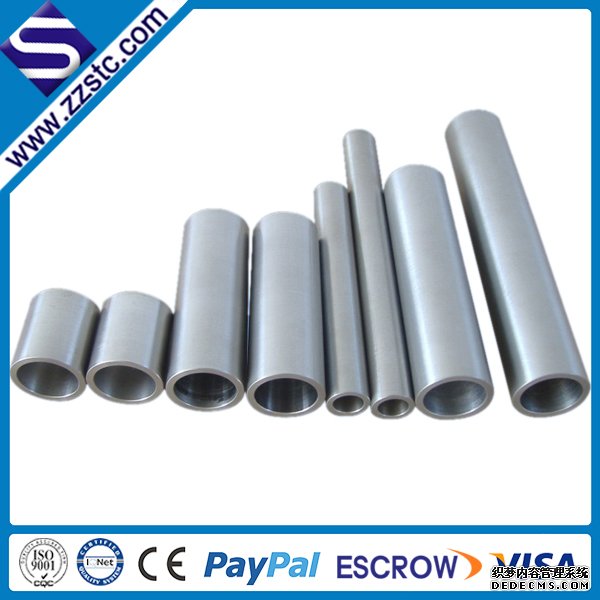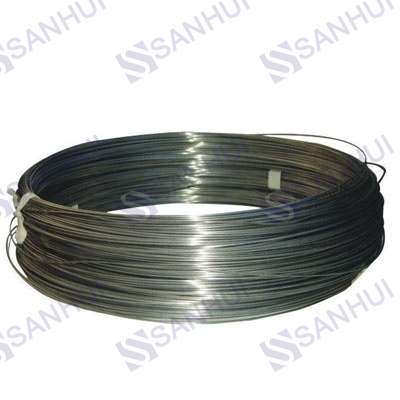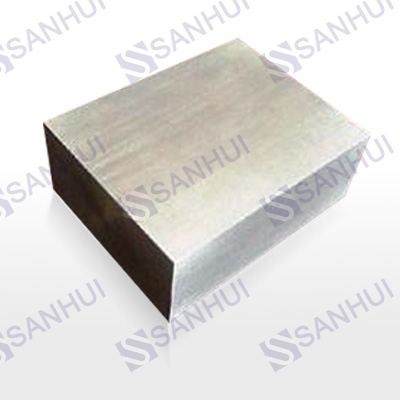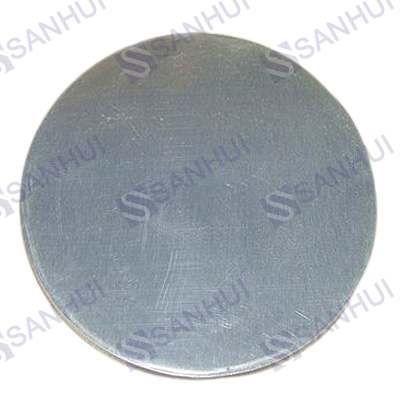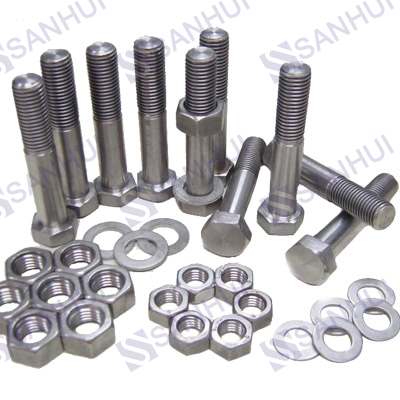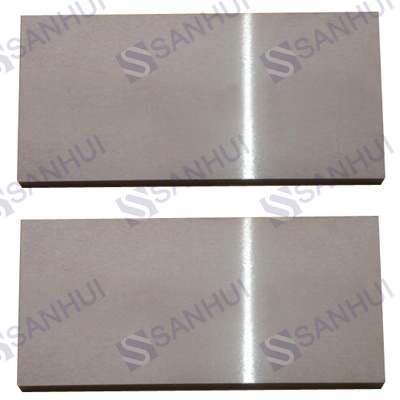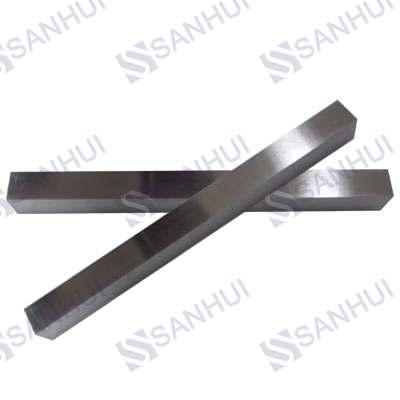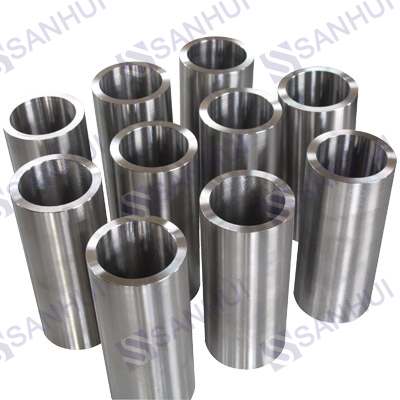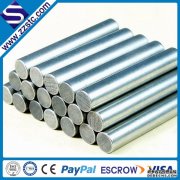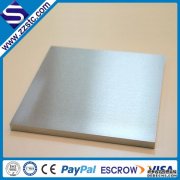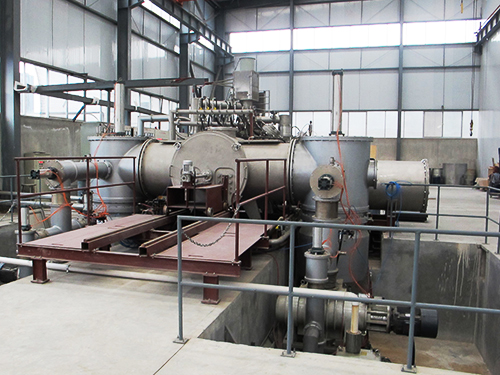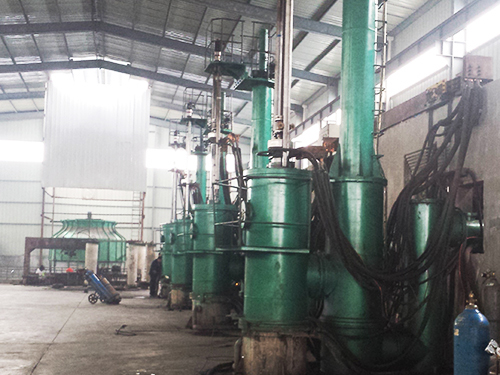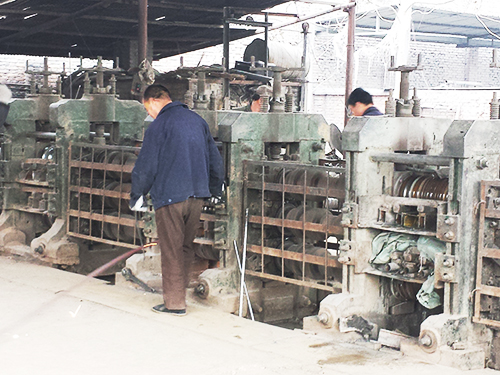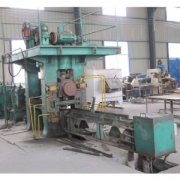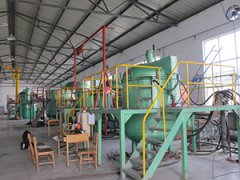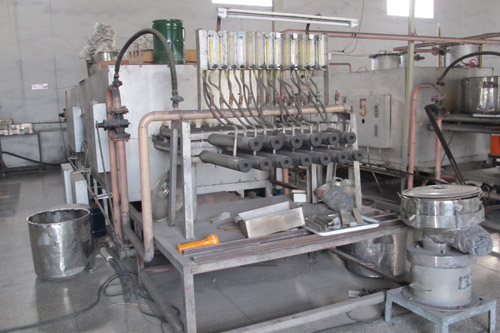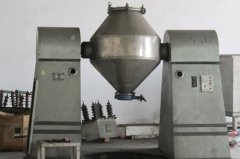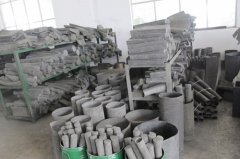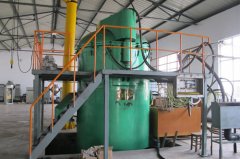In Fourteenth Century, the molybdenum was discovered in the Japanese sword. By 1778, the Swedish scientist Carle William. Xie Lecai confirmed the presence of molybdenum. He made molybdenite heated in air, resulting in the white oxide powder. Soon after, in 1782 Peter Jacob Hjelm successfully restored the oxide with carbonium to get the black metal powder, which he called “molybdenum ”.
In nineteenth Century, molybdenum was used as an experimental product, and later it was produced. In 1891, French Snyder company first produced a molybdenum armor plate by molybdenum as an alloying element. They immediately found that the density of molybdenum is only half of the tungsten, so that in the field of iron and steel alloy molybdenum effectively replaced tungsten.
The outbreak of the first World War resulted in a considerable increase of tungsten demand and the tight supply of tungsten iron, in many high hardness and impact resistant steel molybdenum replaced the tungsten. The results is that the growth of the molybdenum demand prompted the further study of the molybdenum demand.
The word "molybdenum" appeared about in 1816. In 14th century the famous Japanese artist Massa confirmed that the Japanese sword contains molybdenum after analysis. The end of the first World War led to the sharp drop in demand of molybdenum. To solve this problem, we have to develop new applications of molybdenum in civilian industry. Soon after, the new low - molybdenum alloy steel for automobile industry has been tested and gained approval. In the 30s, there was a point that the forging and heat treatment of high speed steel had to be required for the proper temperature, and the idea was a breakthrough in technology. From then on, the development of molybdenum as an alloying element has entered a new stage in steel and other fields. At the end of 1930s, molybdenum has been a widely used industrial raw material. The end of the Second World War in 1945 stimulated the development and research of molybdenum in the field of civil engineering once again. The post war reconstruction opened up a broad market for the application of the steel including molybdenum. After 1945, the application of molybdenum, molybdenum alloys and molybdenum compounds have been greatly expanded, and sufficient supply of resources is in line with the growing demand. With the improvement of technology, the recovery rate of molybdenum has been greatly improved.
Although steel and cast iron occupy a huge market share, due to the variety of characteristics of molybdenum, so the application of molybdenum in the field of alloy, nickel based alloys, lubricants, chemical, electronics and so on are increasingly widespread.
